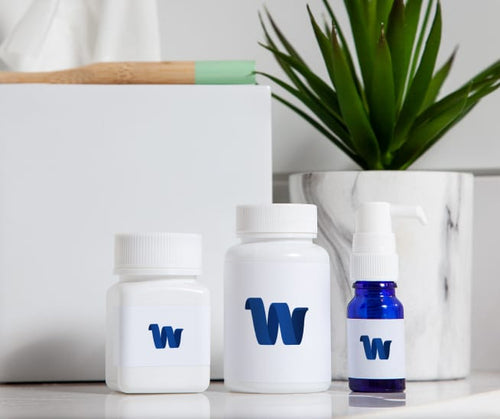How to Prevent Spring Allergy Symptoms
Do you dread the coming spring due to the onset of seasonal allergies? If so, you’re not alone. According to the CDC, 60 million Americans are affected by spring allergies, with most experiencing allergy symptoms when plants are at peak bloom.
Spring allergy symptoms, which range from itchy, watery eyes to chest pains, can inhibit daily activities and deplete energy, leaving you exhausted and counting the days until summer or fall.
The good news is that there are steps you can take to minimize your exposure to allergens and reduce your symptoms. Let's look at the most common causes of spring allergies and what you can do to prevent them.
What Causes Spring Allergies?
Pollen is the primary instigator of spring allergy symptoms, but allergens come in many forms. The top two causes of spring allergies are pollen and mold.
Pollen
Pollen is the most common spring allergen. Trees, grasses, and weeds release pollen into the air to fertilize other plants of the same species. When pollen grains come into contact with humans, sometimes they cause a person’s immune system to overreact, resulting in allergic reactions. Those prone to pollen allergies may experience sneezing, itching, watery eyes, nasal congestion, and other symptoms




